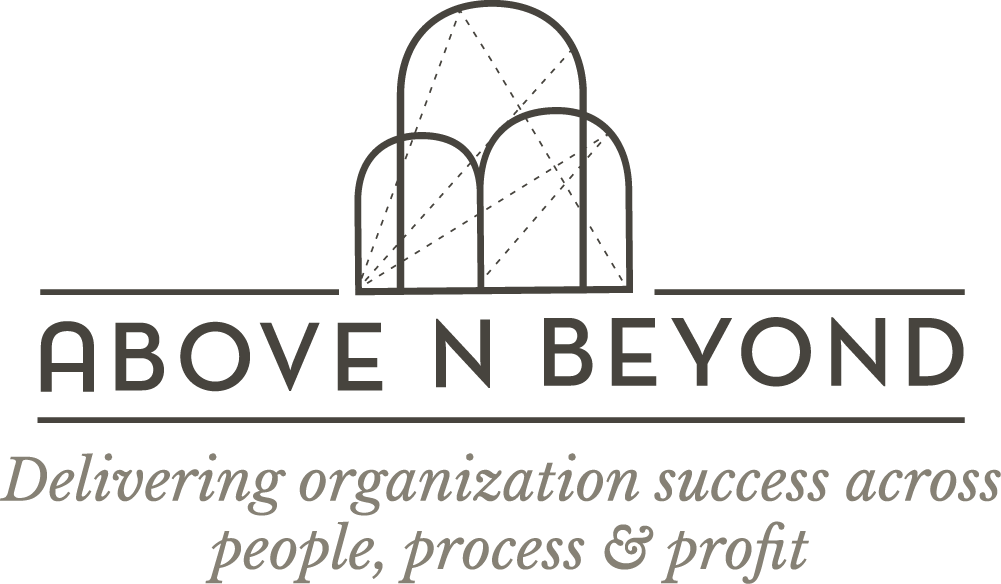Rules, Rules and Rules…
Rules! Are they good? Are they bad?
Some are carved in stone, some unspoken and some, my favorite type – just gentle guidelines. How does one choose – when to make rules, when to stick to them and most importantly, when to break them? Well, thankfully, there is no master ‘rule’ to follow. What we do have is common sense and instincts.
Sometime ago, I had written a post ‘To risk or not to risk’ about a customer service executive who broke a rule to help us out when we desperately needed it. There are many instances when people have used their discretion to either break a rule, or find a way around it.
But here is the million-dollar question – If people use their discretion, instinct, common sense etc. then, is there really a need for rules and guidelines? Here is my opinion.
It’s like an algebra equation: there are some constants and some variables. The outcomes can be multiple. There are very few wrong answers, and sometimes those wrong answers can be corrected too. Rules are the constants. Using these, we can choose multiple options and make the equation as simple as we want to, or if we enjoy complex problem solving, we can choose that option too! And we can also deem the constants to be wrong and create new ones. Rules (and I use the term to usually mean guidelines) are life enablers.
And this is very relevant in everyday life. On one hand, consider the new parenting and schooling methodologies. Studies show that children who have very few rules to abide by, grow up to very creative thinkers. They are faced with making decisions, however small, early on. And with little constraint, they are able to freely think and express. This does get a little complex as we become adults – because most adult relationships, marriages and friendships have ‘unsaid’ rules, but their creativity levels still remain high.
On the other hand, take the example of sports. Every sport has rules, usually very complex and detailed. These rules don’t take away the fun element, instead help create a fair playing field. We might just have utter chaos if we didn’t have rules in place. (Of course sometimes, rules don’t make any difference at all – we still have the chaotic fights anyway!).
But, the work environment is the most complex of them all. There are carved in stone rules like ‘employee code of conduct’, ‘ethics’ etc. and then there are the so-called unspoken and implicit rules that have great potentials to create confusion. But it is really the guidelines, which provide freedom for expression, define boundaries and drive culture. Without them, there would be no common understanding, shared vision or effective means to achieve set goals.
In today’s fluid, ever changing world, how does an individual decide on what rules to make and adhere to, what rules to follow and what rules to bend. How does a leader decide these for his or her people? And when and where can he or she excuse or overlook the anomaly? And how does one prevent chaos from happening when the rules are played around with?
Do we want to have guidelines and encourage our teams to use their instincts and discretion, thus giving them the creative freedom and maybe even nurturing them to be future leaders, or do we want them to follow the rule book?
There is no simple answer, and neither will one straight answer apply to all situations. The point really is not about having answers, but to keep these questions alive in our mind as we deal with each situation and our own paradoxes.
And of course, it all depends on how simple or complex we want the equation to be!
